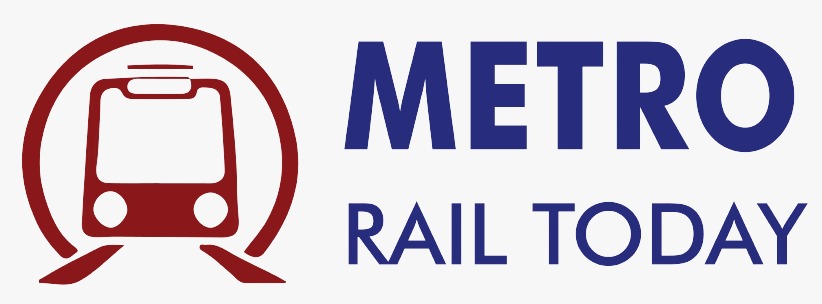India's metro systems are not only changing the way we travel—they are shaping the future of cities, offering solutions to age-old transport problems, and providing a glimpse of what the urban mobility of tomorrow will look like.
Trending Now
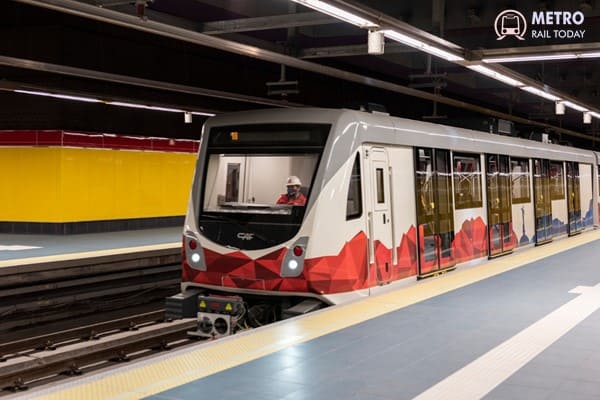 Australia opens Melbourne Metro Tunnel to public, Largest rail expansion in four decades
Australia opens Melbourne Metro Tunnel to public, Largest rail expansion in four decades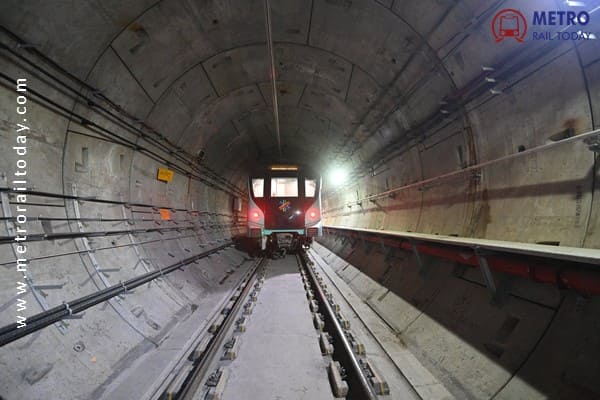 Delhi Metro completes High-Risk Tunnelling under Red Line by using TAM grouting technique
Delhi Metro completes High-Risk Tunnelling under Red Line by using TAM grouting technique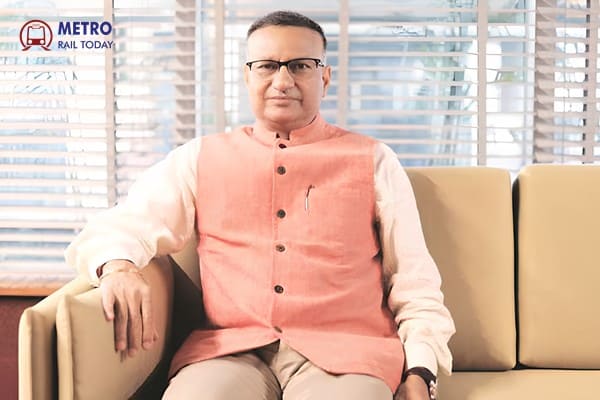 Why was IRSDC suddenly shut down after delivering India’s world-class railway stations?
Why was IRSDC suddenly shut down after delivering India’s world-class railway stations?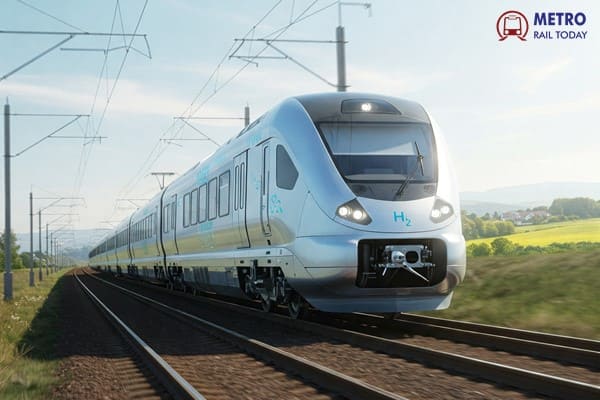 Alstom pauses New Hydrogen Train Development after French Funding Withdrawal
Alstom pauses New Hydrogen Train Development after French Funding Withdrawal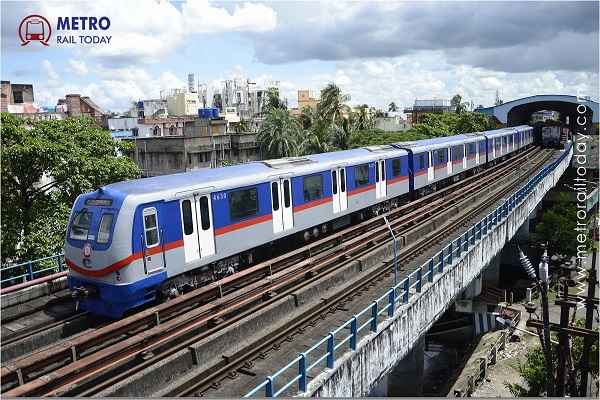 Kolkata Metro signs India-Nepal Land Exchange MoU for Purple Line
Kolkata Metro signs India-Nepal Land Exchange MoU for Purple Line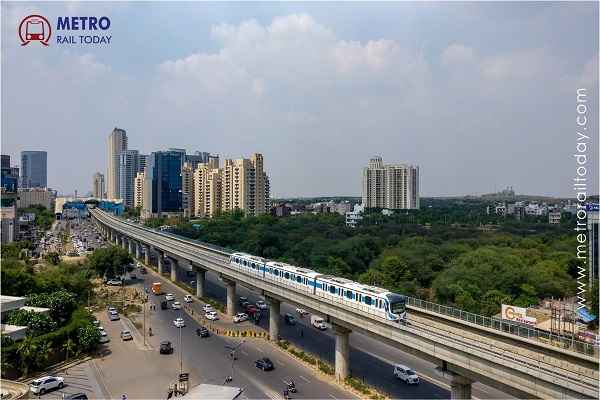 Dilip Buildcon begins construction for Gurugram Metro Expansion Project
Dilip Buildcon begins construction for Gurugram Metro Expansion Project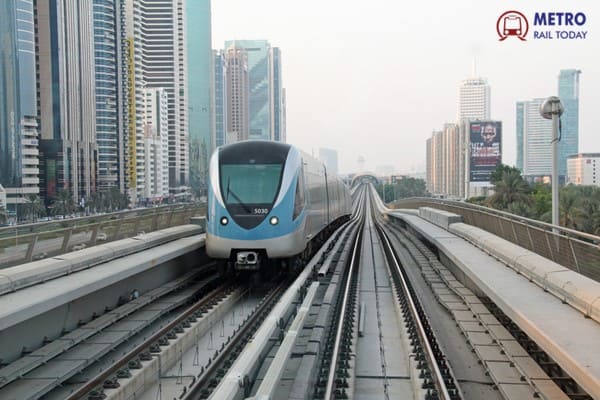 Dubai Metro Blue Line reaches 10% completion in just Five Months, Set to hit 30% by late 2026
Dubai Metro Blue Line reaches 10% completion in just Five Months, Set to hit 30% by late 2026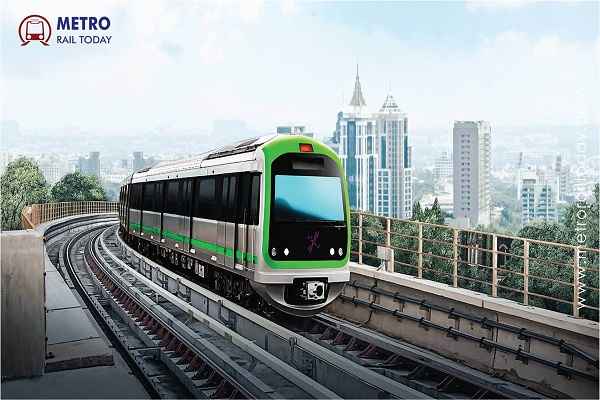 BMRCL turns to Delhi Metro for Integrated Data Management System to strengthen O&M efficiency
BMRCL turns to Delhi Metro for Integrated Data Management System to strengthen O&M efficiency Bids invited for major underground package of Delhi Metro Phase 4’s Inderlok–Indraprastha corridor
Bids invited for major underground package of Delhi Metro Phase 4’s Inderlok–Indraprastha corridor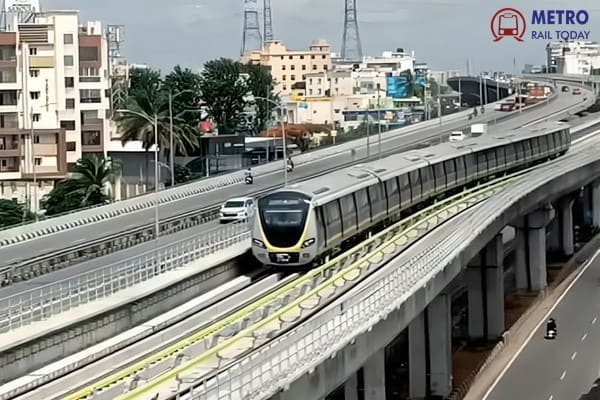 New DPR warns Bengaluru’s Phase-3 Double-Decker Metro Corridor may not ease traffic woes
New DPR warns Bengaluru’s Phase-3 Double-Decker Metro Corridor may not ease traffic woes
India's Metro Rail Network stretching over 1,000 kilometers across 11 states and 23 cities
Dr. Vinod Shah
Posted on: 2025-01-06 07:00:00
Viewer: 7,737
Comments: 0
Country: India
City: New Delhi
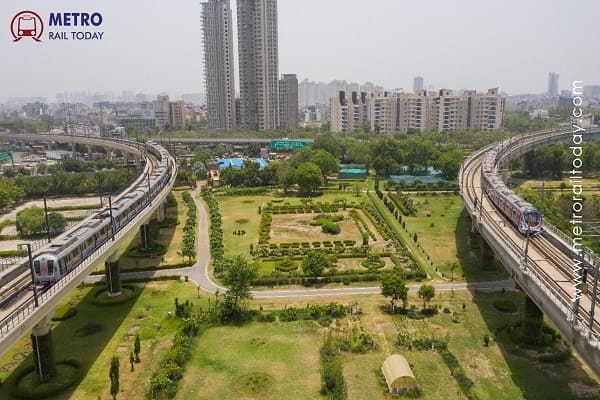
India's metro network is revolutionizing urban travel, becoming the backbone of cities by offering fast, safe, and efficient transportation. Stretching over 1,000 kilometers across 11 states and 23 cities, the network serves millions of daily passengers, making India home to the third-largest metro system in the world. As India's metro infrastructure continues to expand, the country is setting new benchmarks in urban mobility, with plans to become the second-largest metro network globally.
A Leap Forward: Prime Minister Modi’s Vision for Metro Expansion
On January 5, 2025, Prime Minister Narendra Modi took significant steps to enhance India’s metro network. During a high-profile ceremony in Delhi, he laid the foundation for a series of metro development projects worth over Rs 12,200 crore. Among the key initiatives were the inauguration of a 13 km stretch of the Delhi-Ghaziabad-Meerut Namo Bharat Corridor, expected to ease travel between Delhi and Meerut, and the 2.8 km stretch of the Delhi Metro Phase-IV that will improve connectivity to West Delhi. Additionally, he laid the foundation for the 26.5 km Rithala-Kundli section, which will further strengthen connectivity between Delhi and Haryana.
These developments represent a major milestone in the evolution of India’s metro system. With the growing number of metro corridors and increasing ridership, India now stands as a global leader in metro rail networks, surpassing countries like Japan in metro rail development in 2022.
A Historical Journey: Milestones in India’s Metro Evolution
The journey of metro systems in India began several decades ago, with initial efforts to address growing urban congestion. The story of India’s metro systems is one of persistence, vision, and significant milestones:
- 1969: The idea for a metro system in India was first proposed through the Metropolitan Transport Project, aimed at addressing the country’s urban transport challenges.
- 1984: The first metro line, covering 3.4 km between Esplanade and Bhowanipur, opened in Kolkata. This marked the birth of metro life in India.
- 1995: The Delhi Metro Rail Corporation (DMRC) was formed, marking a turning point in urban transportation. This initiative laid the foundation for one of the world’s largest metro systems.
- 2002: The first metro corridor between Shahdara and Tis Hazari in Delhi was inaugurated, initiating the expansion of the Delhi Metro.
- 2011: Namma Metro (Bengaluru Metro) opened its first segment, bringing metro rail services to the city of Bengaluru.
- 2017: Chennai Metro introduced its first underground section, marking a major achievement for southern India’s metro expansion.
- 2020: Kochi Metro completed Phase 1, making Kerala the latest state to join the expanding metro network.
These milestones represent the pivotal moments that laid the foundation for a metro network that now covers an extensive network across the country.
Innovations Shaping India’s Metro Future
India's metro system is not only growing in terms of length and passenger capacity but also embracing cutting-edge technology and innovative solutions to improve urban mobility. The following developments highlight India’s leadership in metro innovation:
Underwater Metro in Kolkata
In 2024, India made history by inaugurating its first-ever underwater metro tunnel in Kolkata. The Esplanade-Howrah Maidan section of the metro passes beneath the Hooghly River, showcasing India’s engineering prowess and marking a new chapter in metro travel.
Driverless Trains in Delhi
On December 28, 2020, India launched its first-ever driverless metro service on the Delhi Metro’s Magenta Line. This marks a significant step toward fully automated public transport, setting a new global benchmark for urban mobility.
Kochi Water Metro
Kochi has also made a groundbreaking move with the launch of India’s first Water Metro project. The initiative uses electric hybrid boats to connect 10 islands around the city, offering seamless travel across water bodies. The first boat was launched in December 2021, and it promises to transform how Kochi’s residents commute.
Metro Rail Projects Across India
- Delhi-NCR (including RRTS): 451.2 km
- Mumbai (including Monorail): 88.86 km
- Bangalore: 73.81 km
- Hyderabad: 69.0 km
- Kolkata: 57.5 km
- Chennai: 54.245 km
- Ahmedabad: 40.6 km
- Nagpur: 40.022 km
- Pune: 33.23 km
- Lucknow: 22.878
- Kochi: 28.48 km
- Gandhi Nagar: 18.8 km
- Jaipur: 12.1 km
- Kanpur: 8.728 km
- Agra: 6.0 km
India is also seeing a surge in metro projects, with several major cities expanding their metro networks:-
- Delhi-NCR (including RRTS): 145.65 km
- Mumbai: 176.05 km
- Bangalore: 143.425 km
- Chennai: 118.9 km
- Kolkata: 75.2 km
- Nagpur: 43.8 km
- Pune: 33.133 km
- Patna: 32.507 km
- Surat: 40.35 km
- Indore: 31.55 km
- Thane: 29.0 km
- Bhopal: 27.87 km
- Agra: 24.1 km
- Kanpur: 23.657 km
- Kochi: 11.2 km
- Ahmedabad: 8.884 km
India’s Global Metro Influence
India’s metro expertise is being recognized globally, with international interest in its successful metro systems. The Delhi Metro Rail Corporation (DMRC) is currently overseeing metro projects in Bangladesh and has provided consultancy services in Jakarta. Other countries such as Israel, Saudi Arabia, Kenya, and El Salvador are also exploring collaborations with DMRC to replicate India’s metro success.
The Future of India's Metro Systems
India’s metro systems are not just reshaping urban travel but are also contributing to sustainable and inclusive urban development. As metro networks expand across cities, India is setting new global standards in urban mobility, improving the quality of life for millions of people.
With over 1,000 kilometers of operational metro lines, India is well on its way to becoming the second-largest metro network in the world. The continuous expansion, technological innovations, and international collaborations indicate a bright future for metro travel in India.
As metro systems continue to grow, they promise to further enhance connectivity, reduce traffic congestion, and foster economic growth. India’s metro systems have come a long way from their modest beginnings in Kolkata, and they are now a symbol of the country’s ambition to create a sustainable, efficient, and globally competitive urban transport network.
